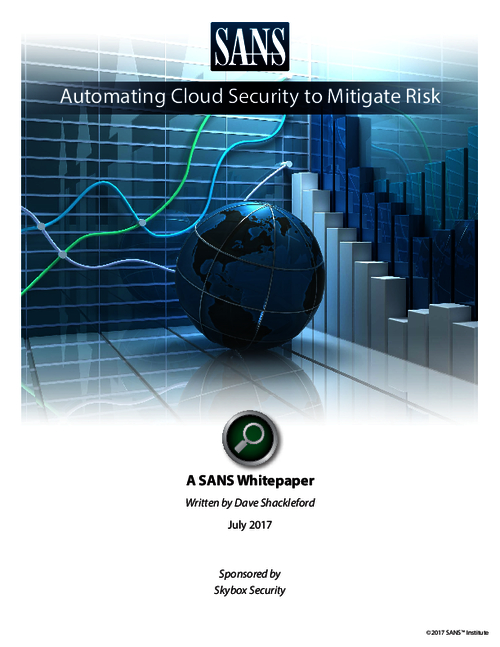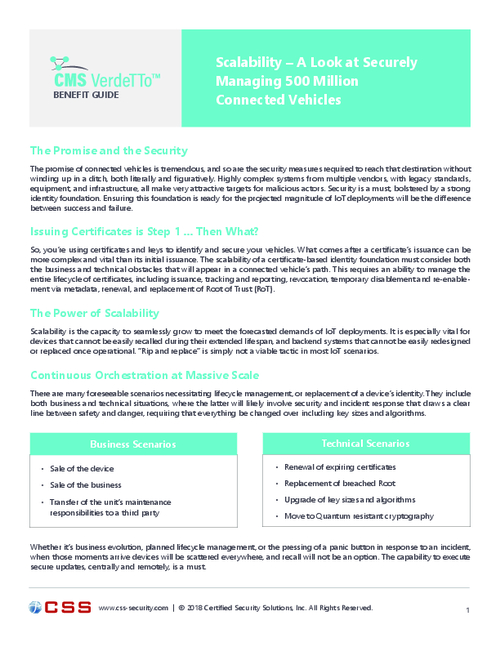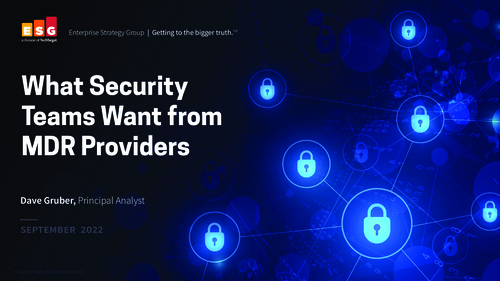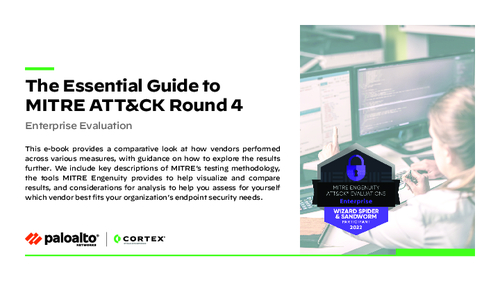Endpoint Protection Platforms (EPP) , Endpoint Security
CrowdStrike Sales Growth Slows as SMB Clients Delay Spending
Delayed Enterprise Subscription Start Dates Force CrowdStrike to Cut Sales Forecast
A longer sales cycle for small businesses and delayed subscription start dates for large enterprises have forced CrowdStrike to lower its sales forecast going forward.
See Also: OnDemand | Unlocking Your E5 Investment with MDR for Microsoft
The Austin-based endpoint security behemoth says deals with SMB customers took 11% longer to close in the fiscal quarter ended Oct. 31 as the economic downturn prompted small businesses to add more steps for approving purchases, says CrowdStrike CEO George Kurtz. This took a $15 million bite out of CrowdStrike's net new annual recurring revenue as compared with the fiscal quarter ended July 31 (see: CrowdStrike CEO George Kurtz: Identity Can Be as Big as XDR).
Meanwhile, Kurtz says, large customers are increasingly signing contracts with multi-phased subscription start dates to help manage operating budgets and cash flow. This helps big enterprises defer some of the cost until future quarters, but it resulted in a $10 million hit to CrowdStrike's ARR compared with the prior fiscal quarter, according to Kurtz.
"Given the increased scrutiny on budgets, we're not going to expect a typical Q4 budget flush, leading us to adjust our Q4 net new ARR expectations," Kurtz tells investors during an earnings conference call Tuesday. "But this caution does not deter our confidence in the long-term market position of CrowdStrike or the resiliency of the cybersecurity market."
CrowdStrike's net new ARR for the fiscal quarter ending Jan. 31, 2023, could come in 10% below the just-completed fiscal quarter due to increased scrutiny around budgets, thwarting the traditional end-of-year spending spree, says Chief Financial Officer Burt Podbere. Net new ARR will continue to lag 2022 by roughly 10% in the first half of 2023 before improving slightly in the back half of next year, Podbere says.
Podbere says CrowdStrike has taken advantage of higher employee retention rates as well as layoffs at competitors such as Cybereason to bring on superb talent in key functions. The company increased headcount by 40% since the start of February. As a result of this growth, Podbere says CrowdStrike plans to shift its near-term focus to enablement and productivity and significantly slow its pace of new hires.
Slower Spend Not Result of Budget Cuts
At the same time, Kurtz says, the nearly $2.5 billion on CrowdStrike's balance sheet means the company is well-positioned to capitalize on smaller competitors falling by the wayside and private companies looking for an exit during the economic downturn. CrowdStrike's huge war chest will allow it to pursue new customers as well as new technologies that might fit within the company's portfolio, Kurtz says (see: CrowdStrike to Buy Reposify to Secure Attack Surface, Assets).
"Customers are looking for technologies that reduce cost, reduce complexity, actually work and stop breaches, and that's what we're doing," Kurtz says. "When we look at the competitive landscape, it remains favorable to us."
Despite the economic headwinds, Kurtz says enterprise budgets aren't getting cut given the number of mandates around security and the migration to the cloud. The multitude of compliance requirements going into effect during 2023 will drive additional security spending around the world, and Kurtz says many customers want to consolidate their security spend with fewer vendors to alleviate complexity.
In response to the economic downturn and longer sales cycles, Kurtz says CrowdStrike plans to expand its sales pipeline by focusing on brand awareness and initiatives that will drive more prospects to enter the sales funnel. In addition, CrowdStrike will work with its internal sales teams and channel partners to streamline the sales review and approval process in areas such as compliance, privacy and legal, Kurtz says.
"While the cybersecurity market is not immune to macro pressures, it is a mission-critical technology. The adversaries don't stop," Kurtz says. "We believe cybersecurity investment is resilient and prioritized, especially among the world's largest organizations."
Stock Plummets Due to Subpar Sales Forecast
| Category | Q3 2022 | Q3 2021 | % Change |
|---|---|---|---|
| Total Revenue | $580.9M | $380.1M | 52.8% |
| Subscription Revenue | $547.4M | $357M | 53.3% |
| Professional Services Revenue | $33.5M | $23M | 45.5% |
| Net Loss | $55M | $50.5M | -8.9% |
| Loss Per Share | $0.24 | $0.22 | -9.1% |
| Non-GAAP Net Income | $96.1M | $41M | 234% |
| Non-GAAP Earnings Per Share | $0.40 | $0.17 | 235.3% |
CrowdStrike's revenue of $580.9 million in the quarter ended Oct. 31 edged out Seeking Alpha's sales estimate of $575.1 million. Meanwhile, the company's non-GAAP earnings of $0.40 per share beat Seeking Alpha's non-GAAP estimate of $0.32 per share.
Nonetheless, the company's stock plummeted $25.95 - 18.8% - to $112.05 per share in after-hours trading Tuesday. That's the lowest CrowdStrike's stock has traded since Aug. 21, 2020. CrowdStrike's sales in the Americas grew by 46%, while the company's international sales increased by 72%, says Podbere.
For the quarter ending Jan. 31, CrowdStrike expects non-GAAP net income of $100.9 million to $107.5 million, or $0.42 to $0.45 per share, on revenue of between $619.1 million and $628.2 million. Analysts had been expecting non-GAAP net income of $0.34 per share on sales of $634.2 million, according to Seeking Alpha.




















